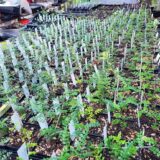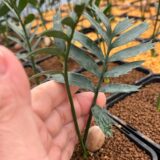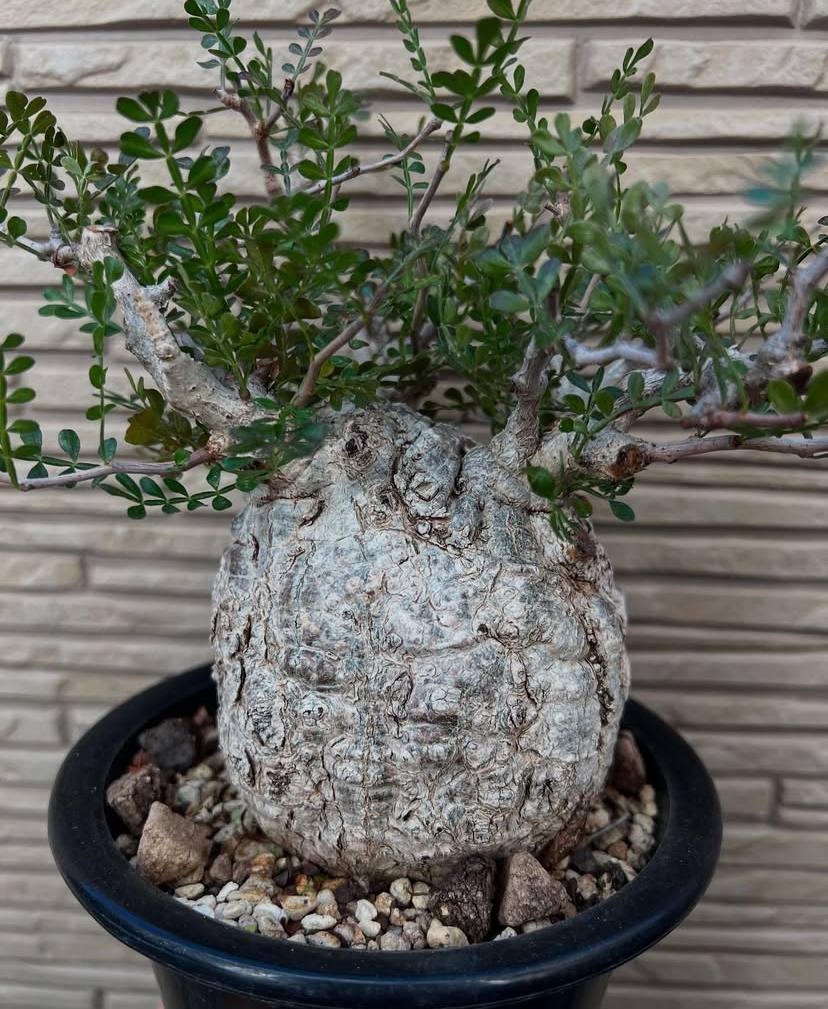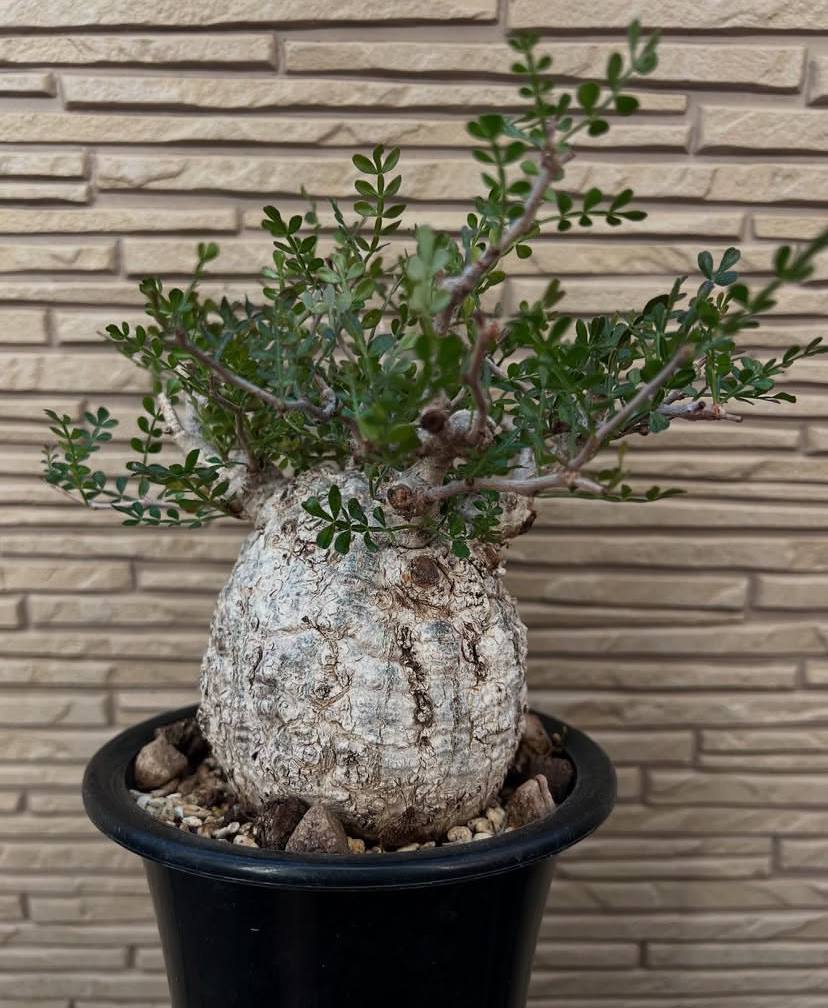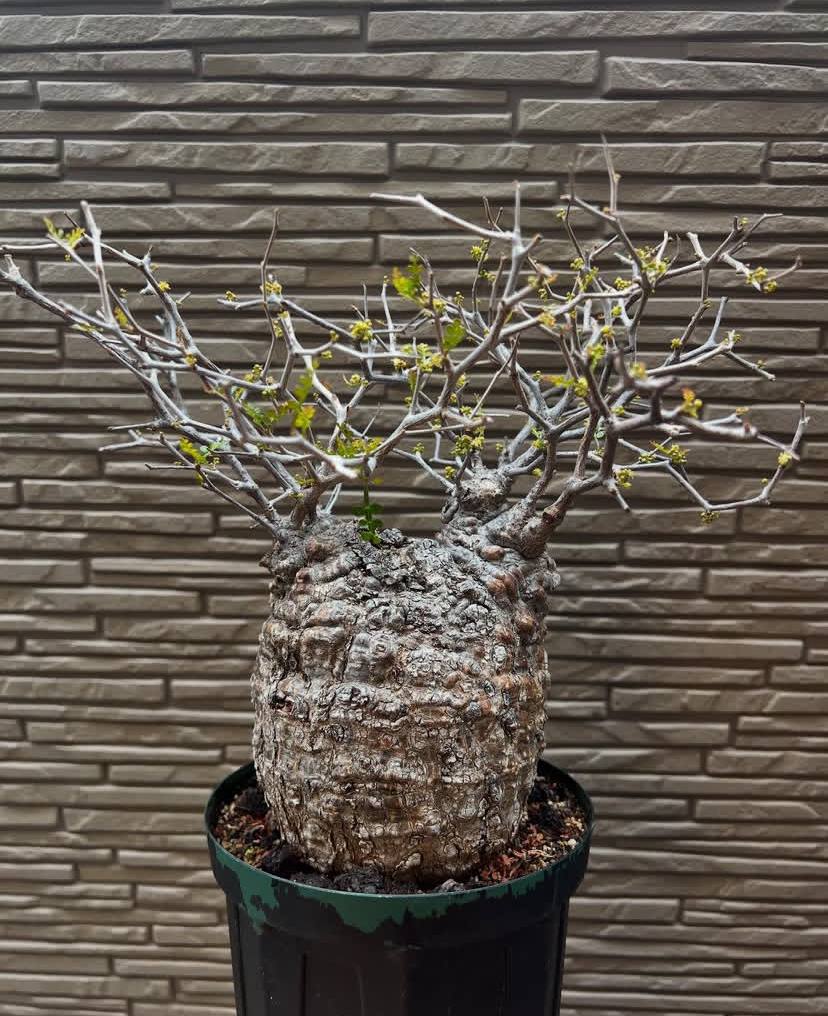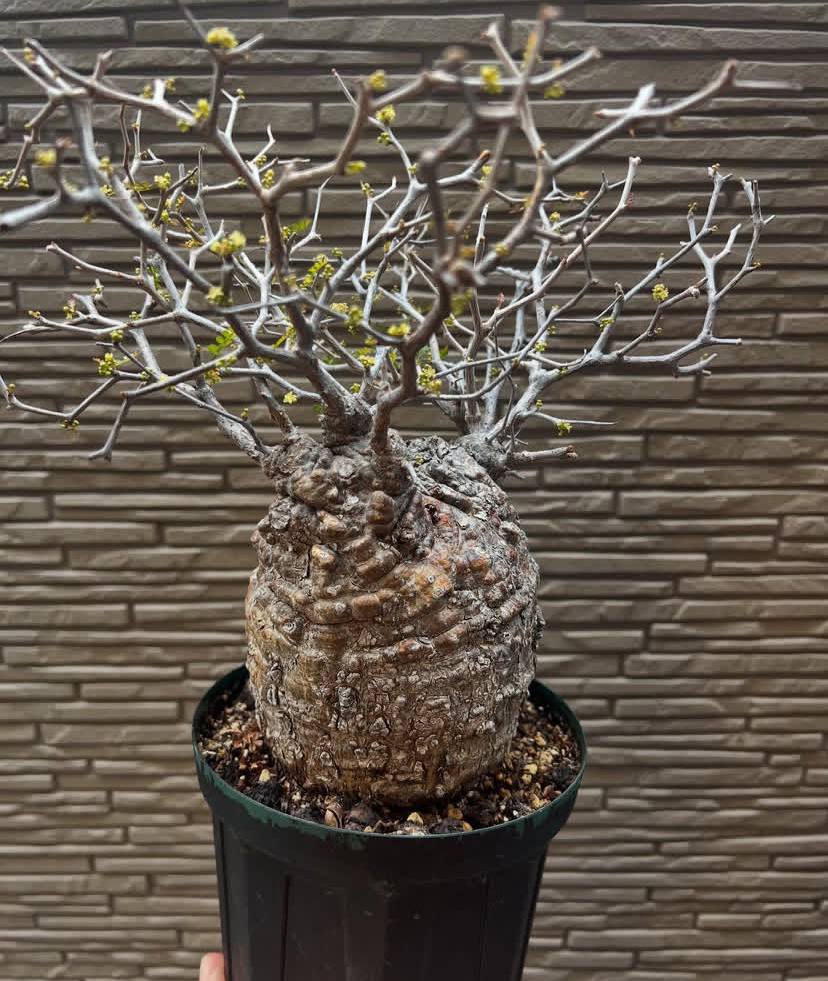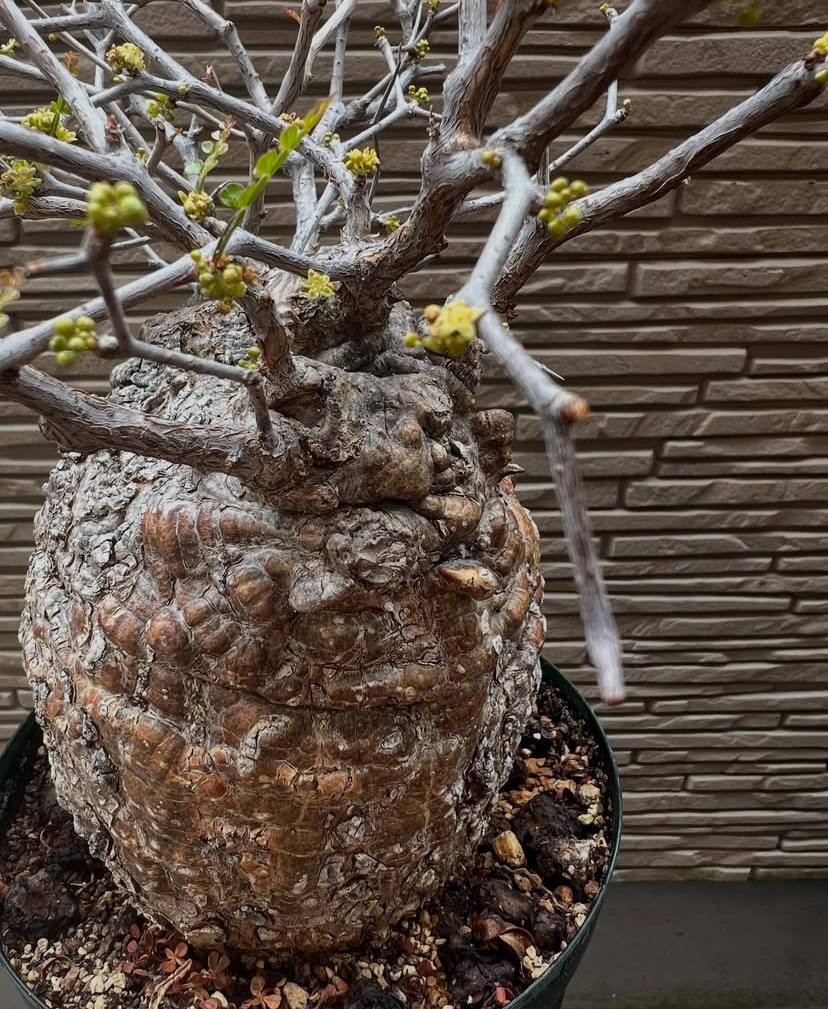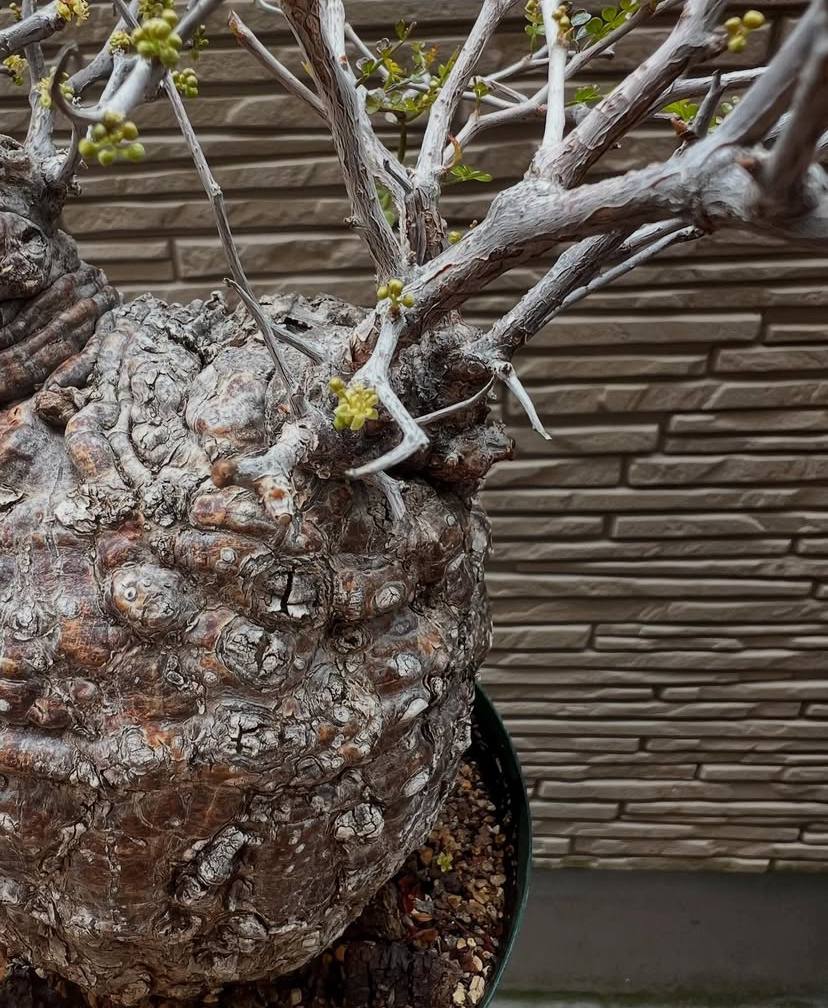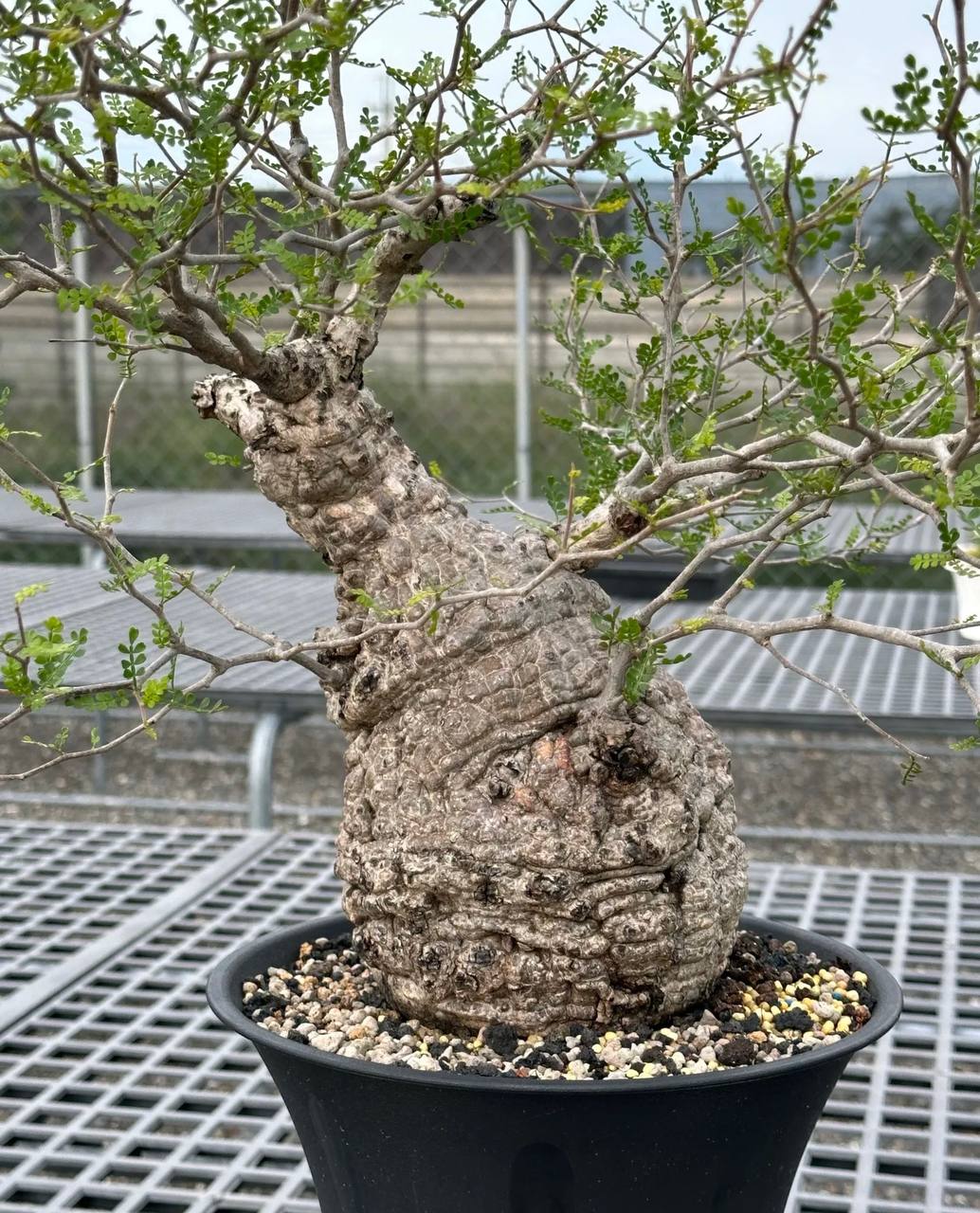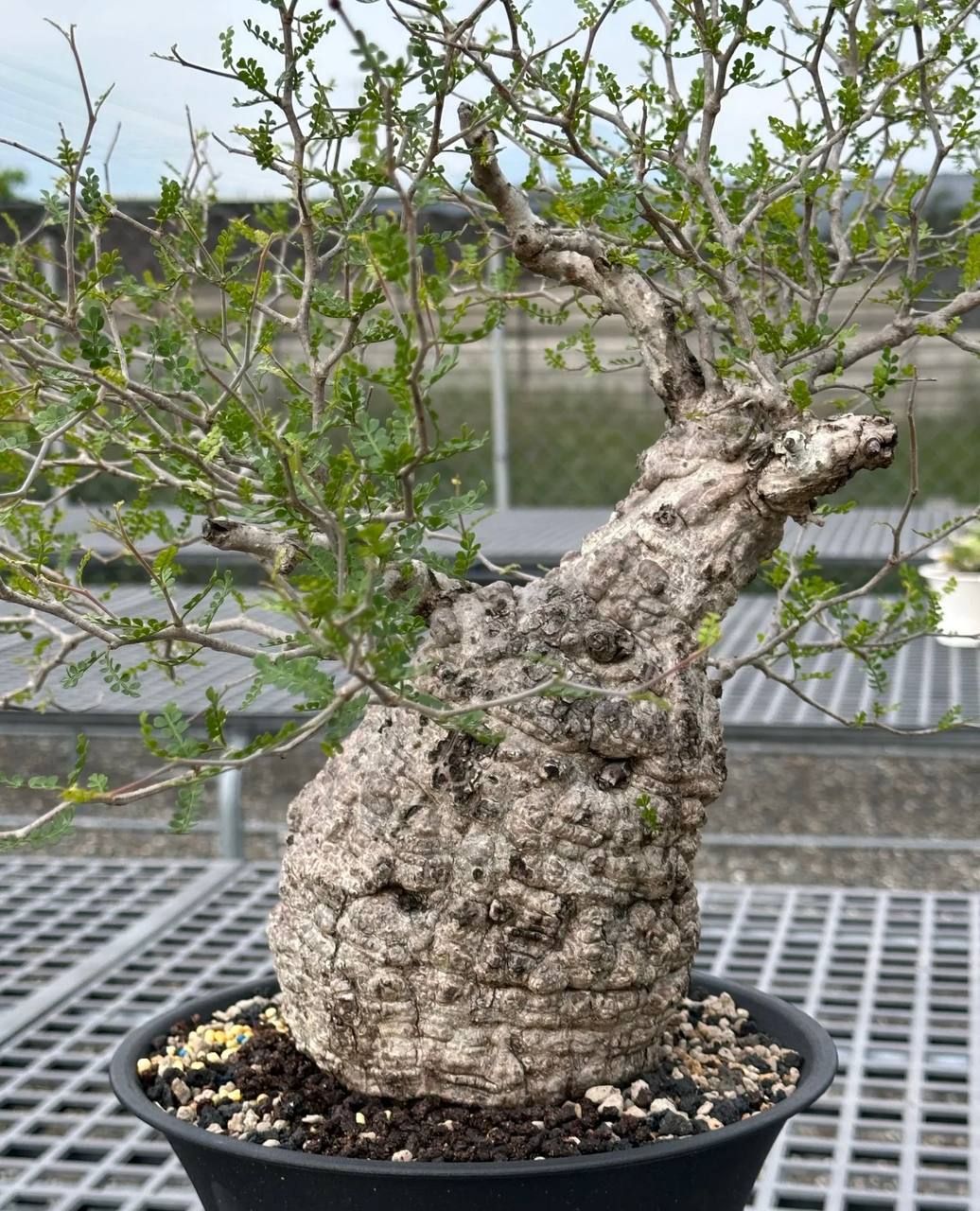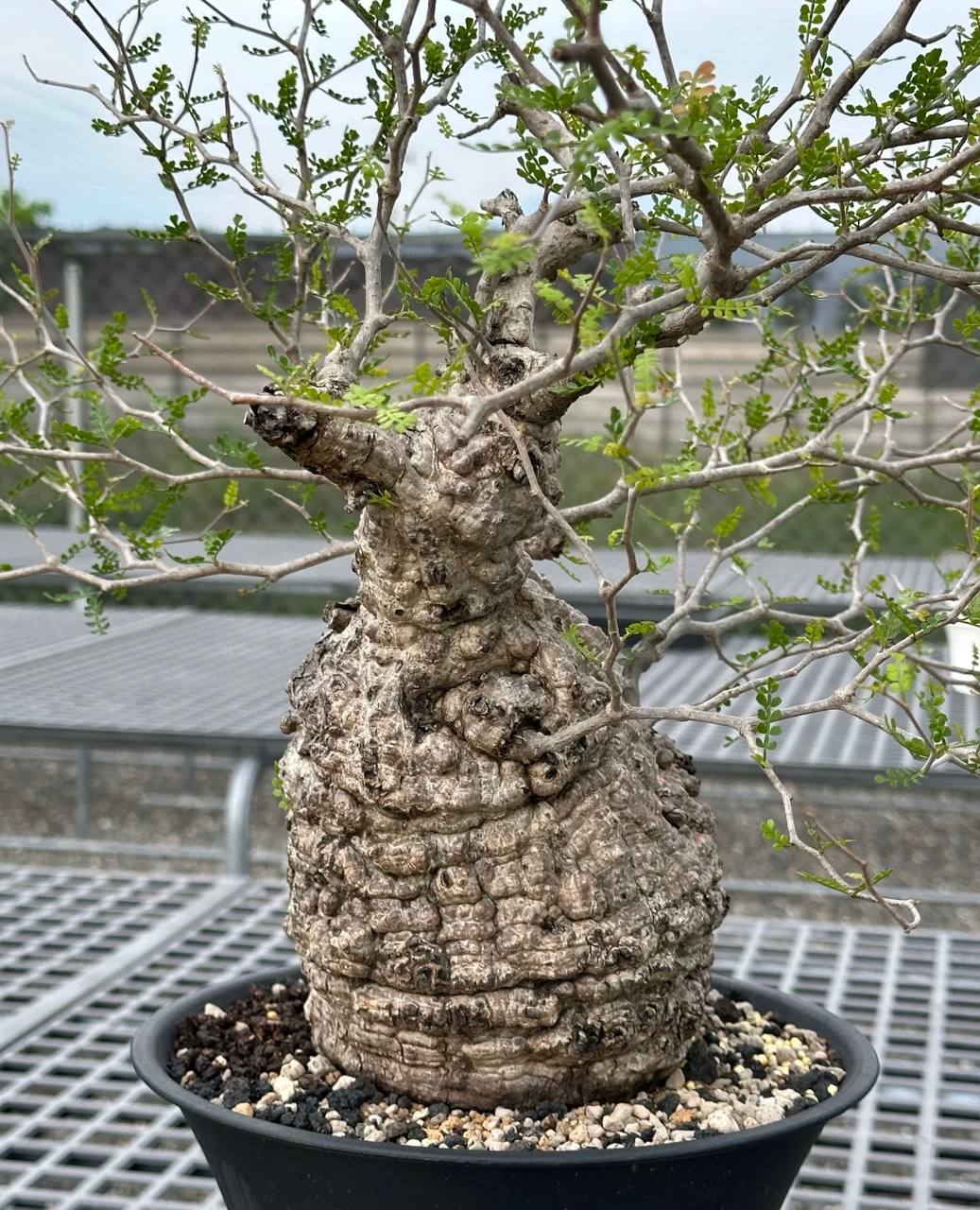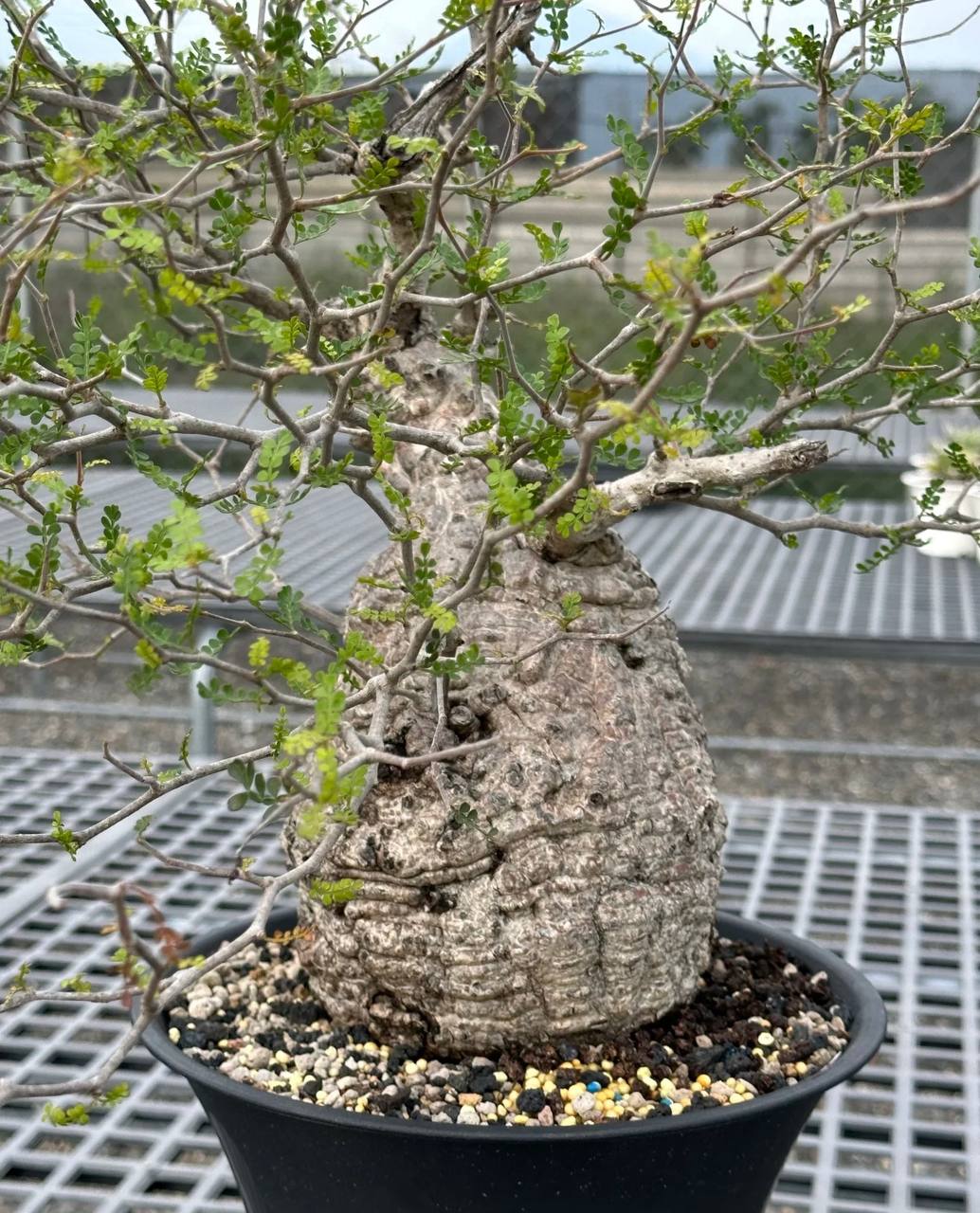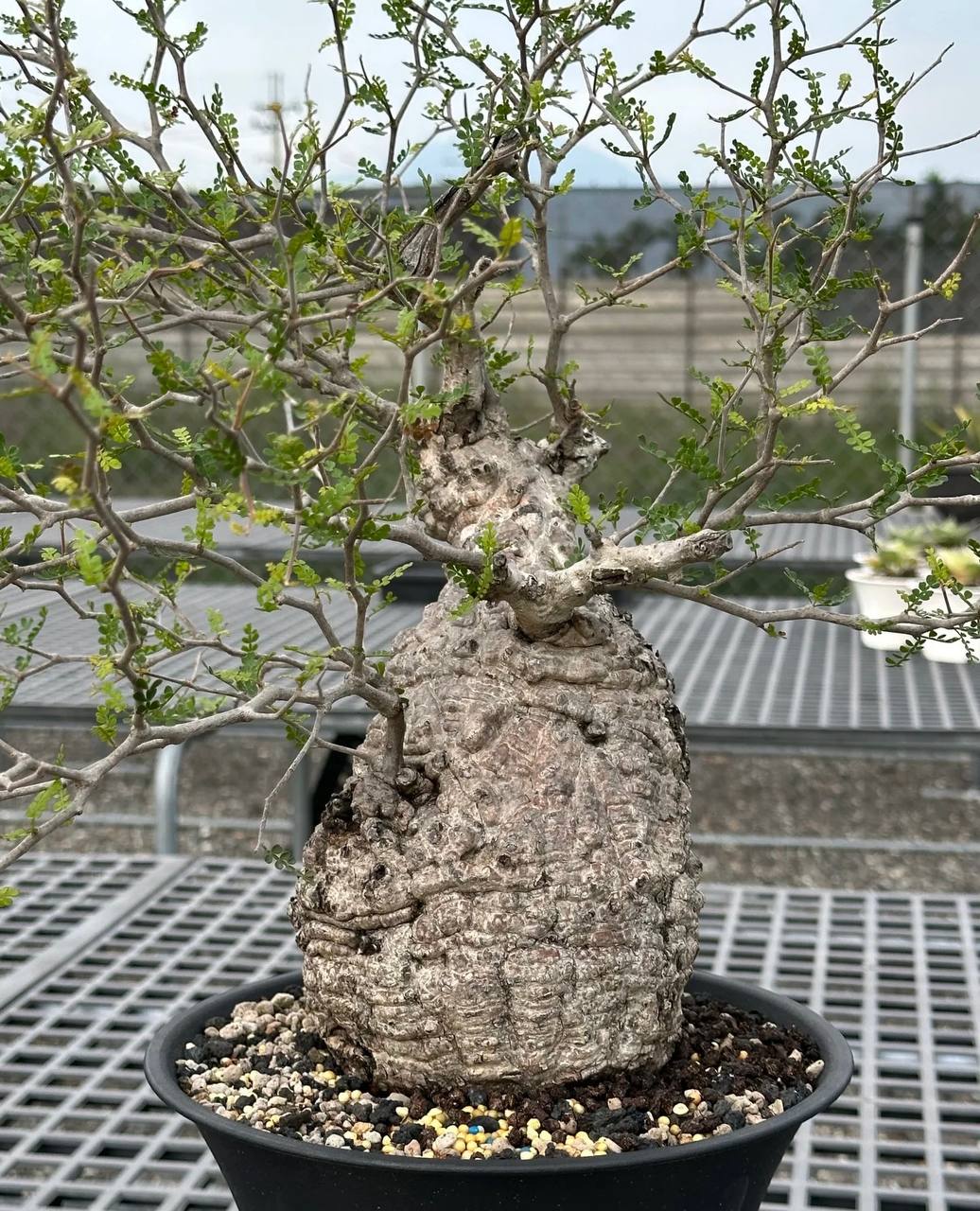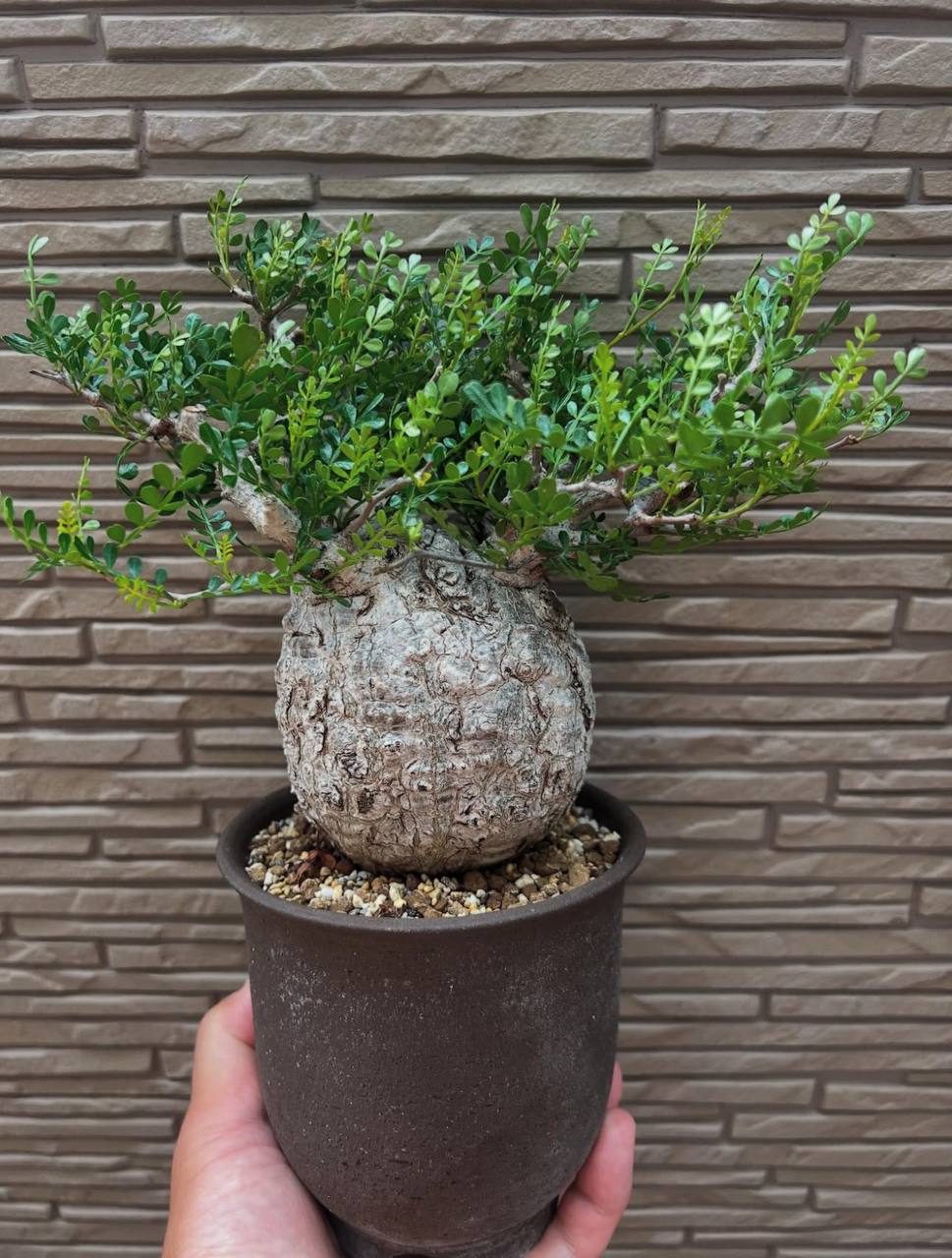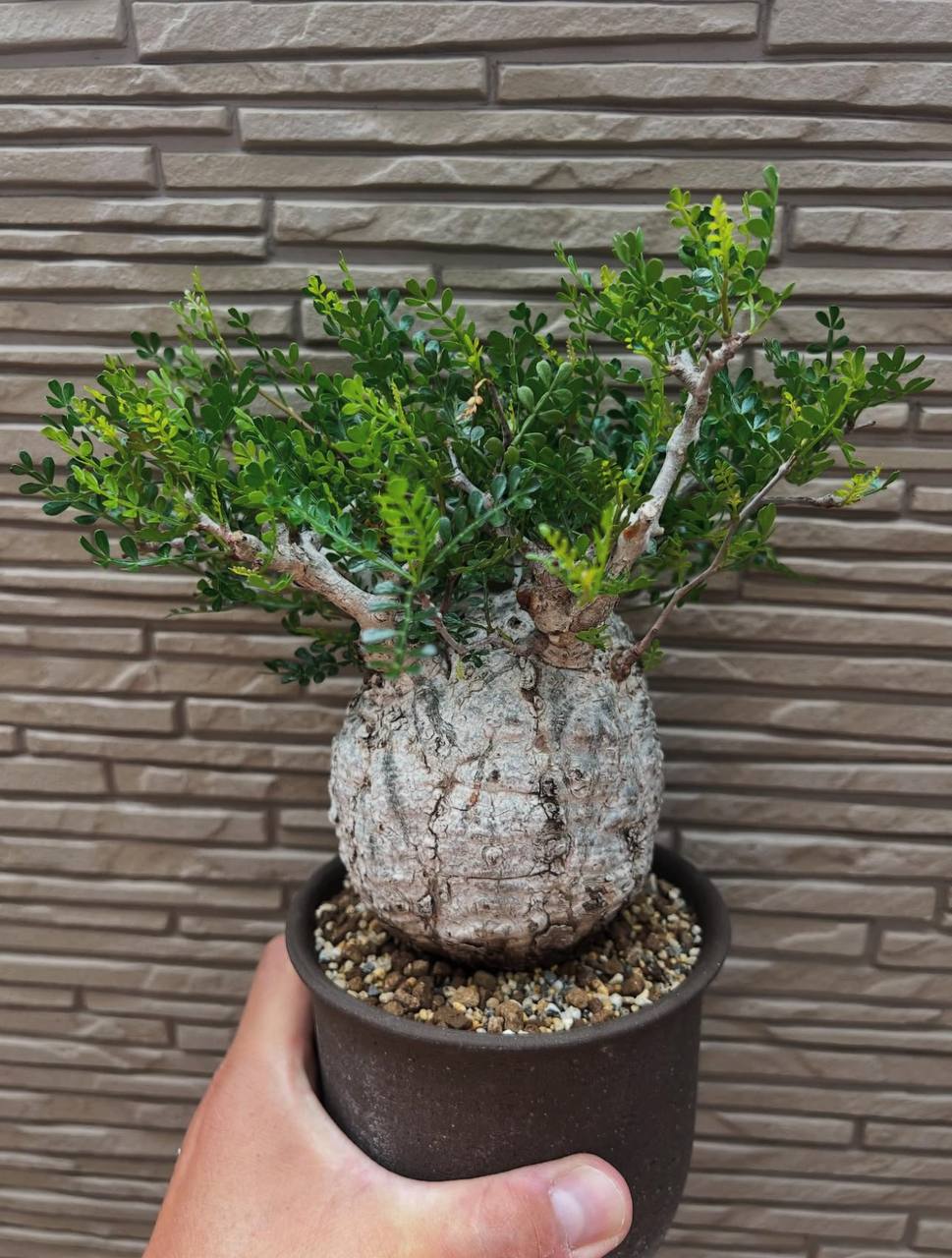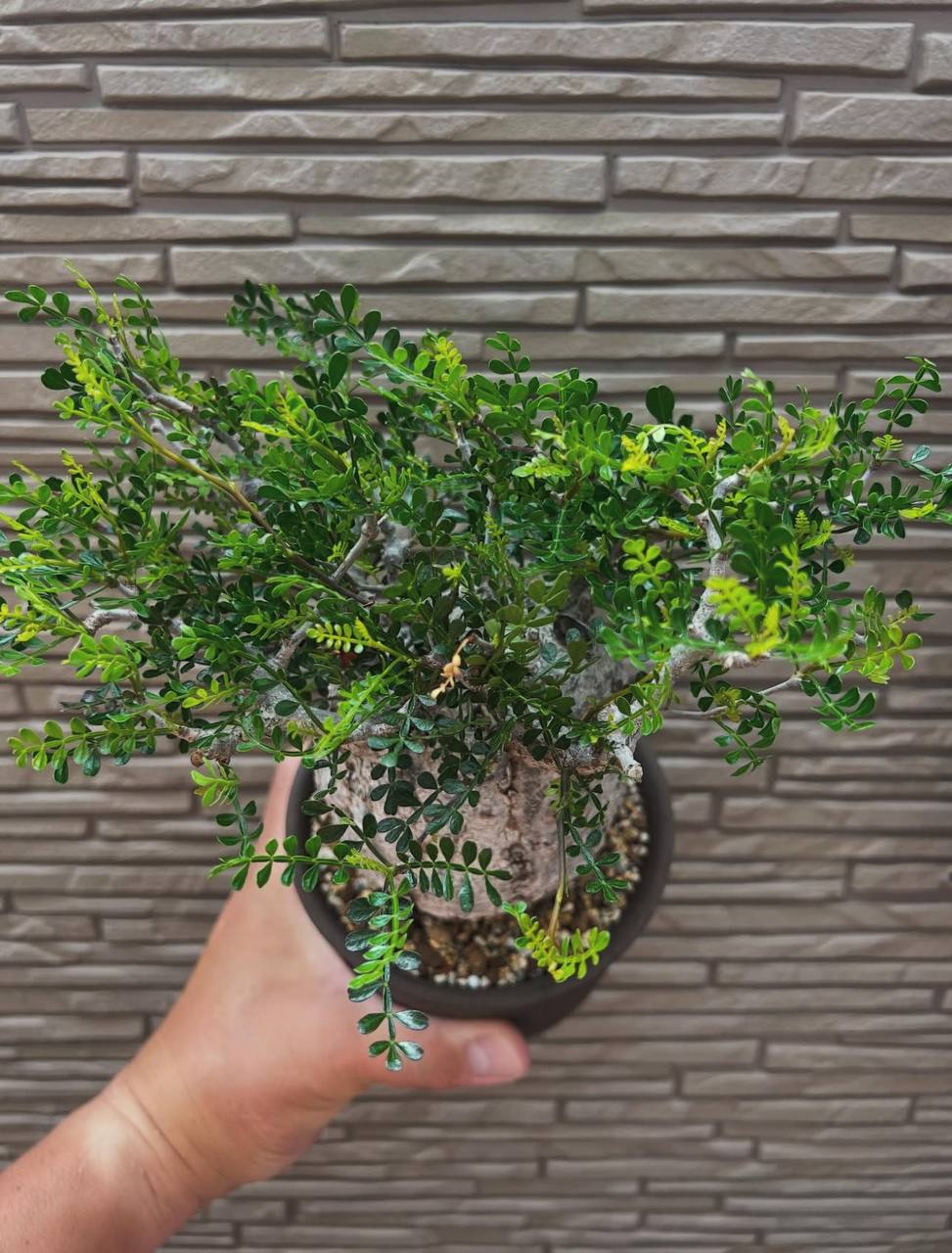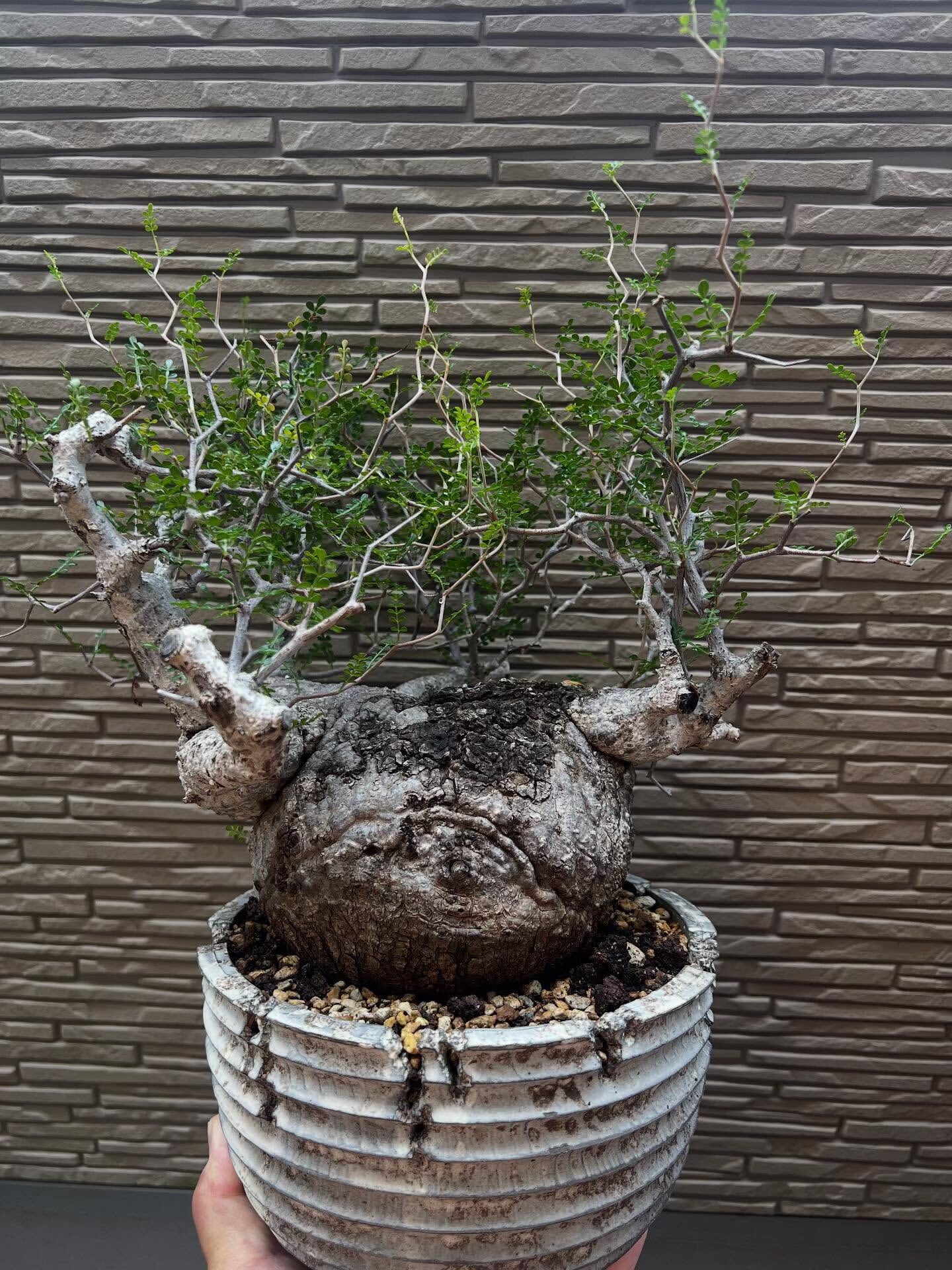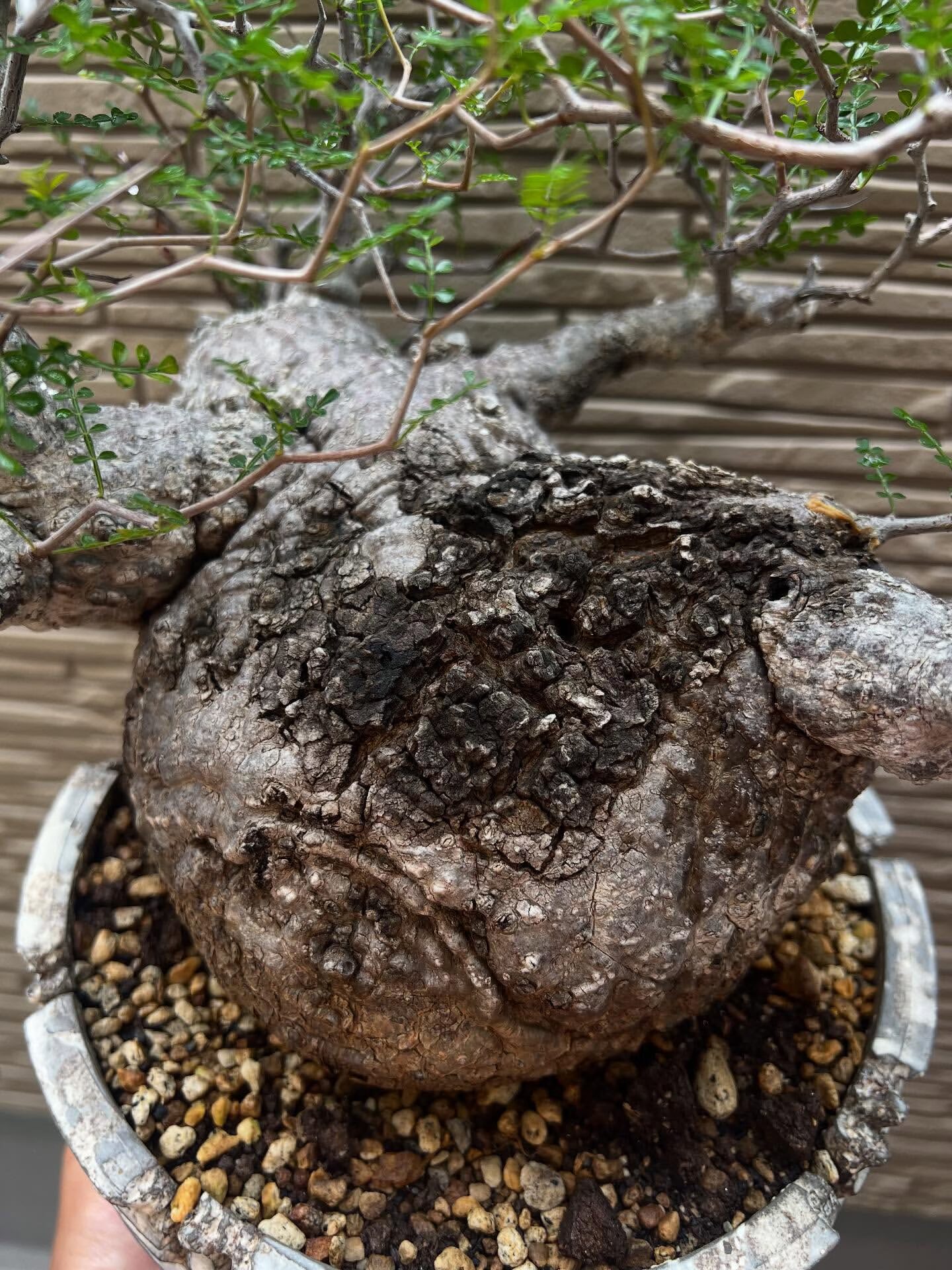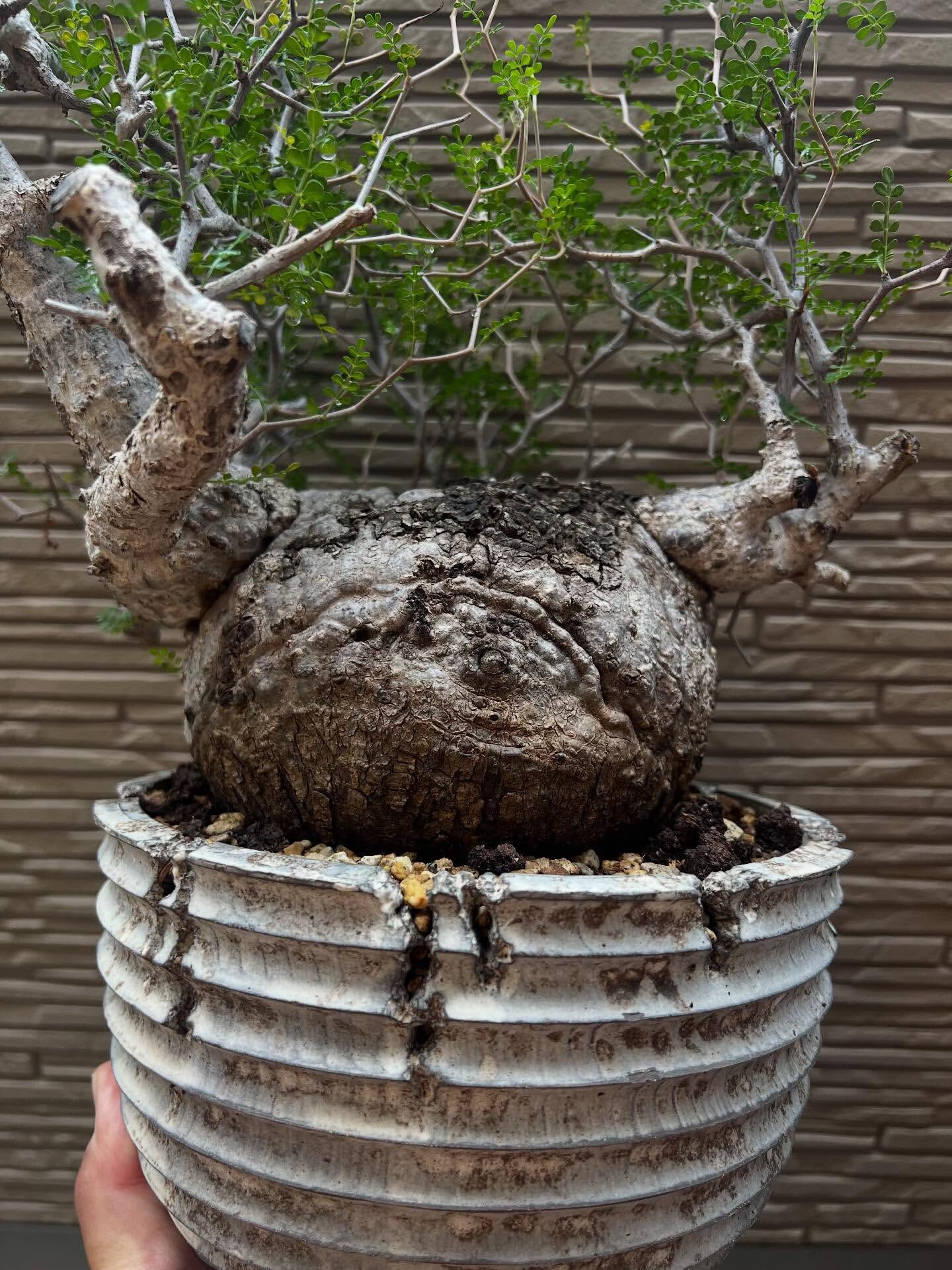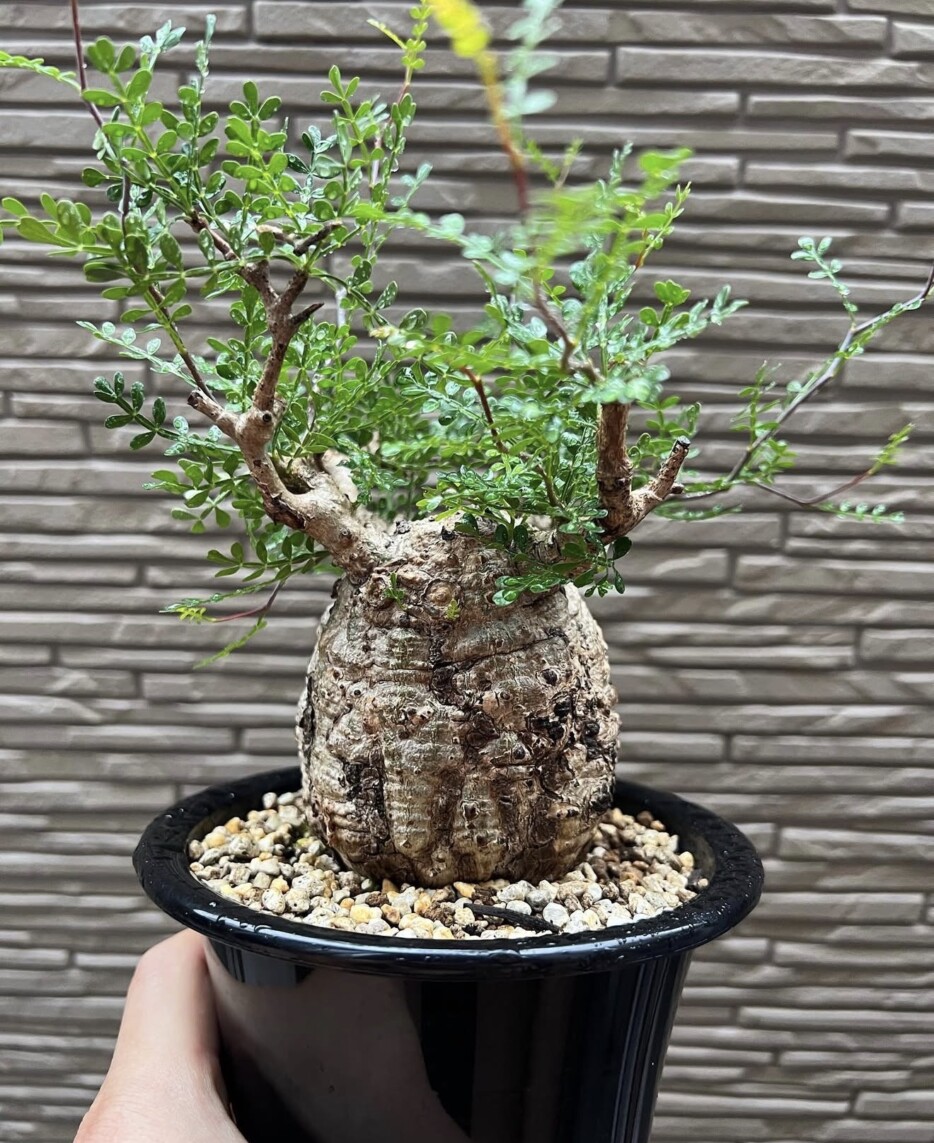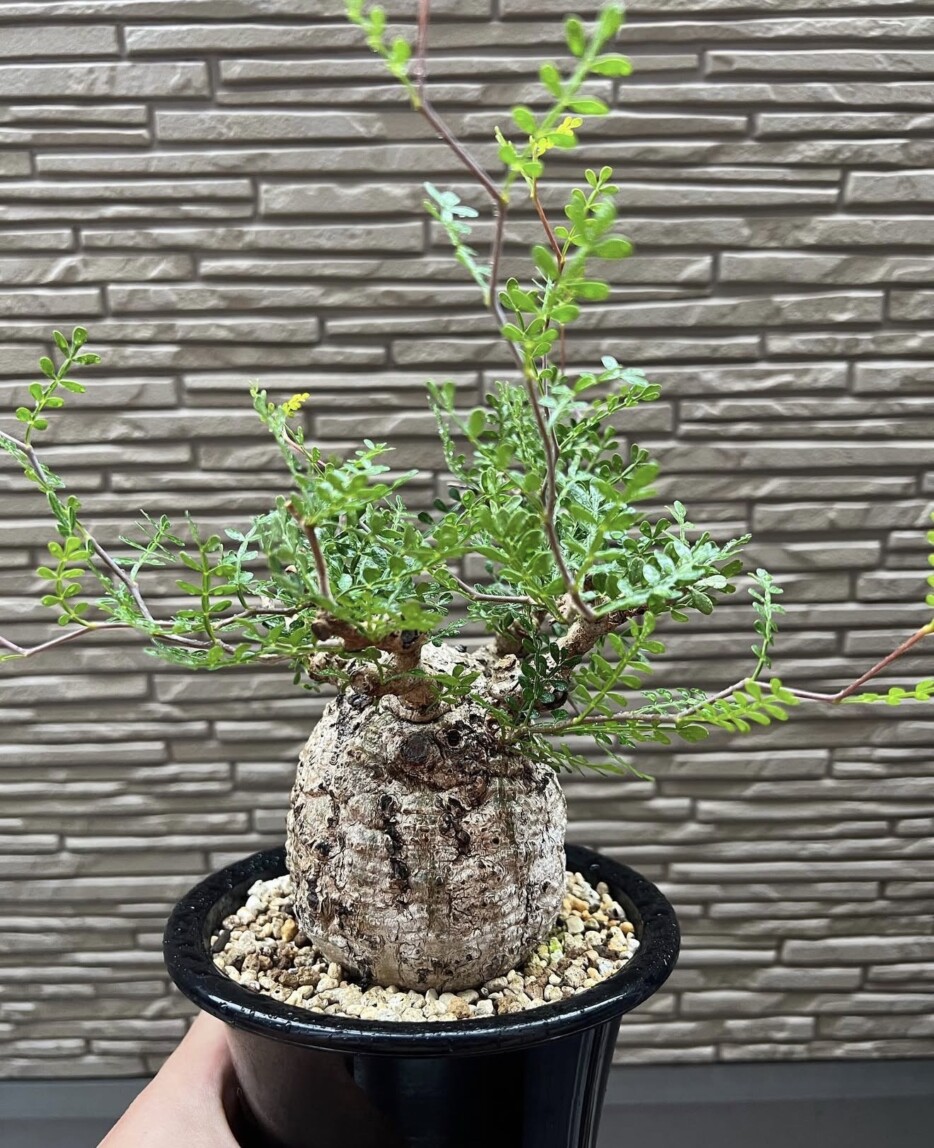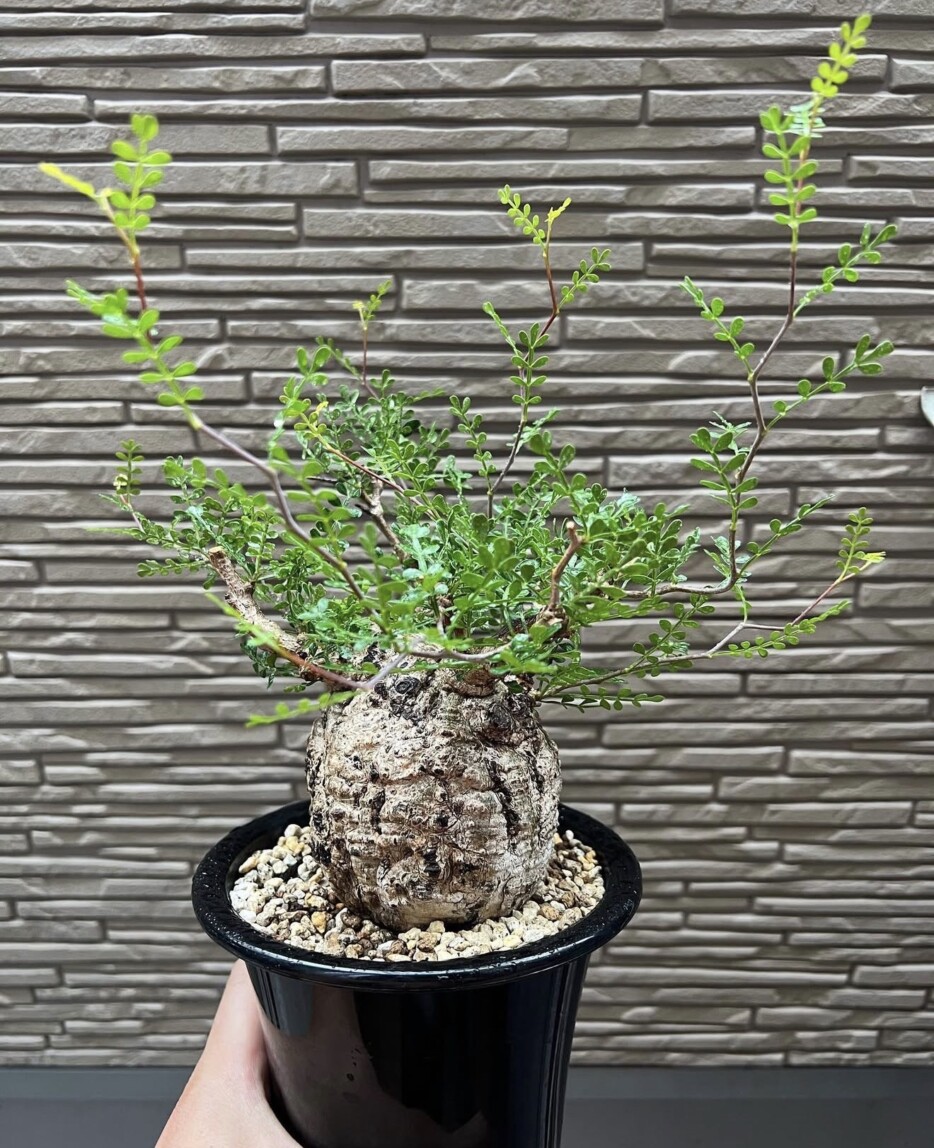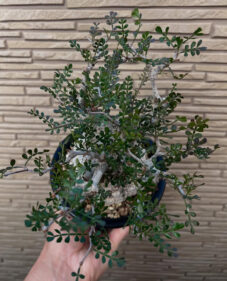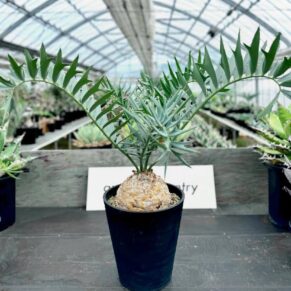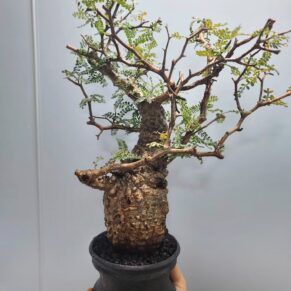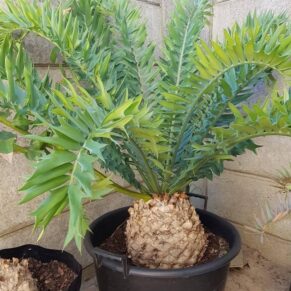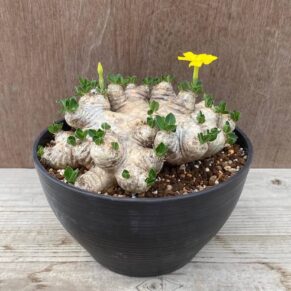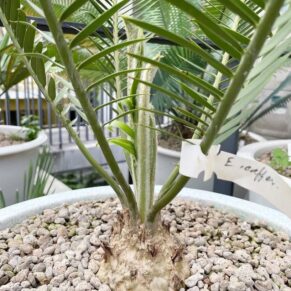- Your cart is empty
- Continue shopping
Introduction to Operculicarya pachypus Plant Seedlings
Operculicarya pachypus, a captivating species native to southwestern Madagascar, has garnered attention among succulent enthusiasts and collectors for its unique appearance and resilience. Facebook group .Belonging to the Anacardiaceae family, this plant is renowned for its distinctive features and adaptability. Often likened to a miniature baobab or bonsai tree, its unique characteristics make it a prized addition to any collection.Shop operculicarya pachypus

🌱 Characteristics of Operculicarya pachypus
1. Growth Habit
Operculicarya pachypus is a deciduous pachycaul shrub that typically reaches a height of up to 1.2 meters (4 feet). The plant exhibits a conical trunk with a unique, twisted appearance. Its branches are glabrous and often display a zig-zag pattern. The roots of this plant are known to swell and form intricate, contorted designs, adding to its aesthetic appeal.Shop operculicarya pachypus
2. Foliage
The leaves of Operculicarya pachypus are small, green, and evergreen. They are arranged in a pinnate pattern, contributing to the plant’s “bonsai” look. These leaves are proportionally sized, enhancing the overall miniature appearance of the plant.Shop operculicarya pachypus
3. Flowers and Fruits
Operculicarya pachypus produces small, yellow-green flowers during late winter. These flowers are less than 2 mm in size. The fruits that follow are small, containing seeds that can be harvested for propagation.Shop operculicarya pachypus
🌞 Cultivation and Care
1. Light Requirements
Operculicarya pachypus thrives in full sun to light shade. Providing bright, indirect sunlight is ideal. In regions with intense sunlight, some afternoon shade can prevent leaf scorch.des
2. Temperature and Humidity
This species prefers warm temperatures ranging from 15°C to 29°C (60°F to 85°F). It can tolerate temperatures as low as 4°C (40°F) but should be protected from frost. Operculicarya pachypus does well in average household humidity. In extremely dry environments, occasional misting can help maintain humidity.Shop operculicarya pachypus

3. Soil and Watering
Operculicarya pachypus requires well-draining soil. A cactus or succulent mix with added perlite or pumice is suitable. Water the plant moderately during the growing season, allowing the soil to dry out between waterings. During the dormant period, reduce watering to prevent root rot.Carouse
4. Fertilization
Feed your Operculicarya pachypus with a balanced, water-soluble fertilizer diluted to half strength once a month during the growing season. Do not fertilize during the fall and winter months when the plant is dormant.caudexplants.com
🌱 Propagation of Operculicarya pachypus
1. Seed Propagation
-
Collection: Harvest mature seeds from the plant’s fruit. Ensure they are free from any pulp remnants before sowing.
-
Preparation: Soak the seeds in water for 24 hours to enhance germination rates.
-
Sowing: Plant the seeds in a well-draining, sandy soil mix. Sow them shallowly, about one inch deep. Maintain consistent moisture without waterlogging. Place the seed tray in a warm, well-lit area with indirect sunlight. Germination typically occurs within 1-2 weeks.
2. Stem Cuttings
-
Selection: Choose healthy, mature stems with at least one node.
-
Preparation: Cut the stem into sections of approximately 4-6 inches in length. Remove the lower leaves from the cutting.
-
Rooting: Dip the cut end into rooting hormone to promote root development. Plant the cutting in a well-draining potting mix. Keep the soil moist and maintain high humidity around the cutting. Roots should form within 4-6 weeks.
3. Air Layering
-
Selection: Choose a healthy, mature stem for air layering.
-
Preparation: Make two circular cuts around the stem, about an inch apart, and peel away the bark between them to expose the cambium layer. Apply rooting hormone to this area.
-
Wrapping: Wrap the exposed area with moist sphagnum moss. Cover the moss with clear plastic wrap and secure it in place.caudexplants.com
-
Root Development: Maintain consistent moisture in the moss. Roots should develop within a few months. Once a healthy root system has formed, cut below the new roots and transplant into a suitable potting mix.
🌺 Benefits of Growing Operculicarya pachypus
1. Aesthetic Appeal
The plant’s unique, sculptural appearance adds visual interest to any collection.
2. Low Maintenance
Its drought tolerance and slow growth make it easy to care for

